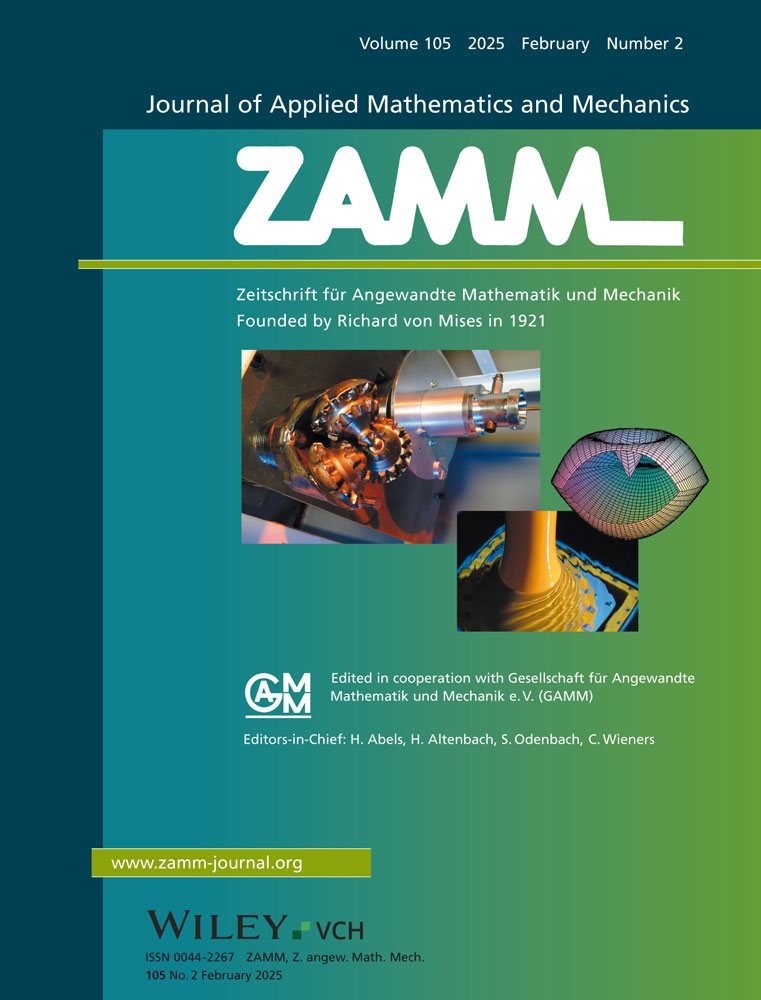Influence of magnetic dipole and thermophoretic particle deposition on the flow of Reiner–Philippoff fluid with Thompson and Troian slip
Abstract
Several non-Newtonian fluid models have emerged as alternatives to Newton's viscosity law, expressing a nonlinear relationship between the shear stress and the strain. This study specifically concentrates on the Reiner–Philippoff fluid model among various existing models due to its ability to capture specific non-Newtonian characteristics in particular situations. Hence, the goal of this research is to analyze the two-dimensional flow of Reiner–Philippoff liquid along an extending sheet while considering the impact of thermophoretic particle deposition, and Thompson, and Trion slip. The investigation encompasses the inclusion of the magnetic dipole effect, and variable heat source/sink in the temperature equation to explore heat transfer. Additionally, the concentration equation takes into account the Stefan blowing effect and activation energy for mass transfer analysis. The magnetic dipole is subjected to an external magnetic field, and its influences are integrated into the momentum and temperature equations. A MATLAB's renowned bvp4c package is engaged to develop the numerical solution of the resulting system of equations obtained by applying suitable similarity transformations. The analysis comprehensively scrutinizes graphs that illustrate relevant parameters and their corresponding physical interpretations. The results affirm that a surge in the thermophoretic parameter indicates a rise in the temperature profile. Moreover, the Reiner–Philippoff fluid parameter amplifies the velocity distribution of the liquid flow. A validation of the envisaged model is also a highlight of this exploration.
CONFLICT OF INTEREST STATEMENT
The authors declare that they have no known competing financial interests or personal ties that might have impacted the findings of this study.
Open Research
DATA AVAILABILITY STATEMENT
No data was generated or analyzed during this study.




